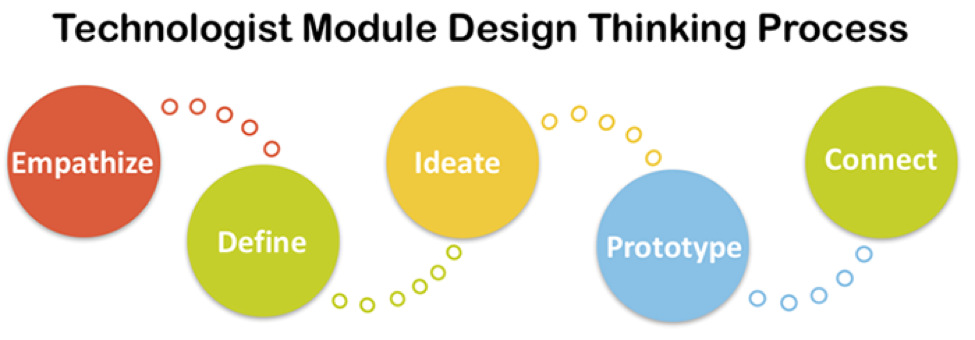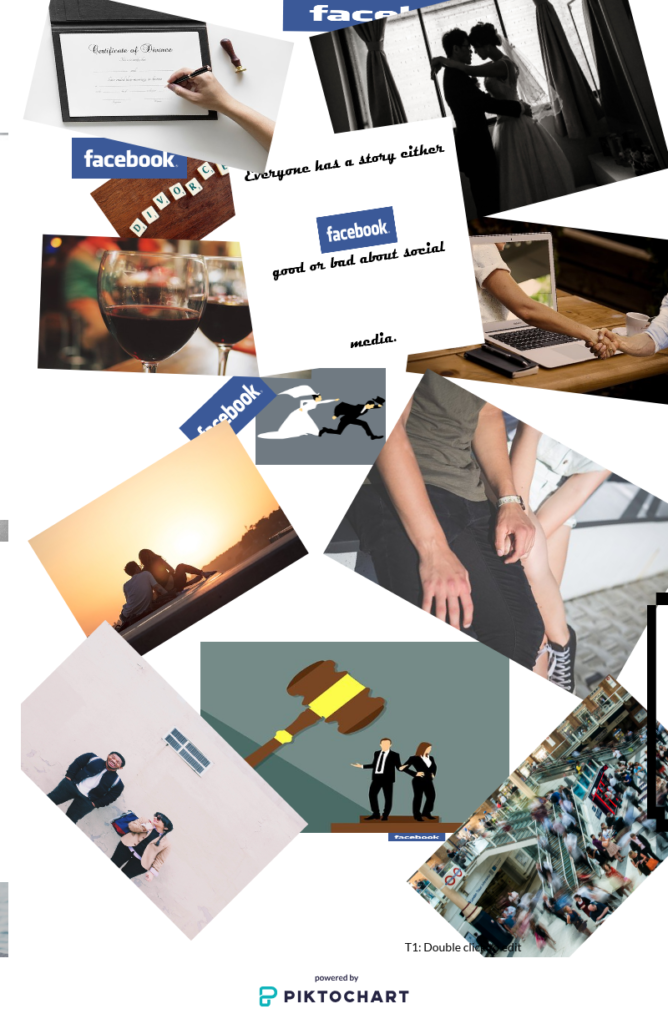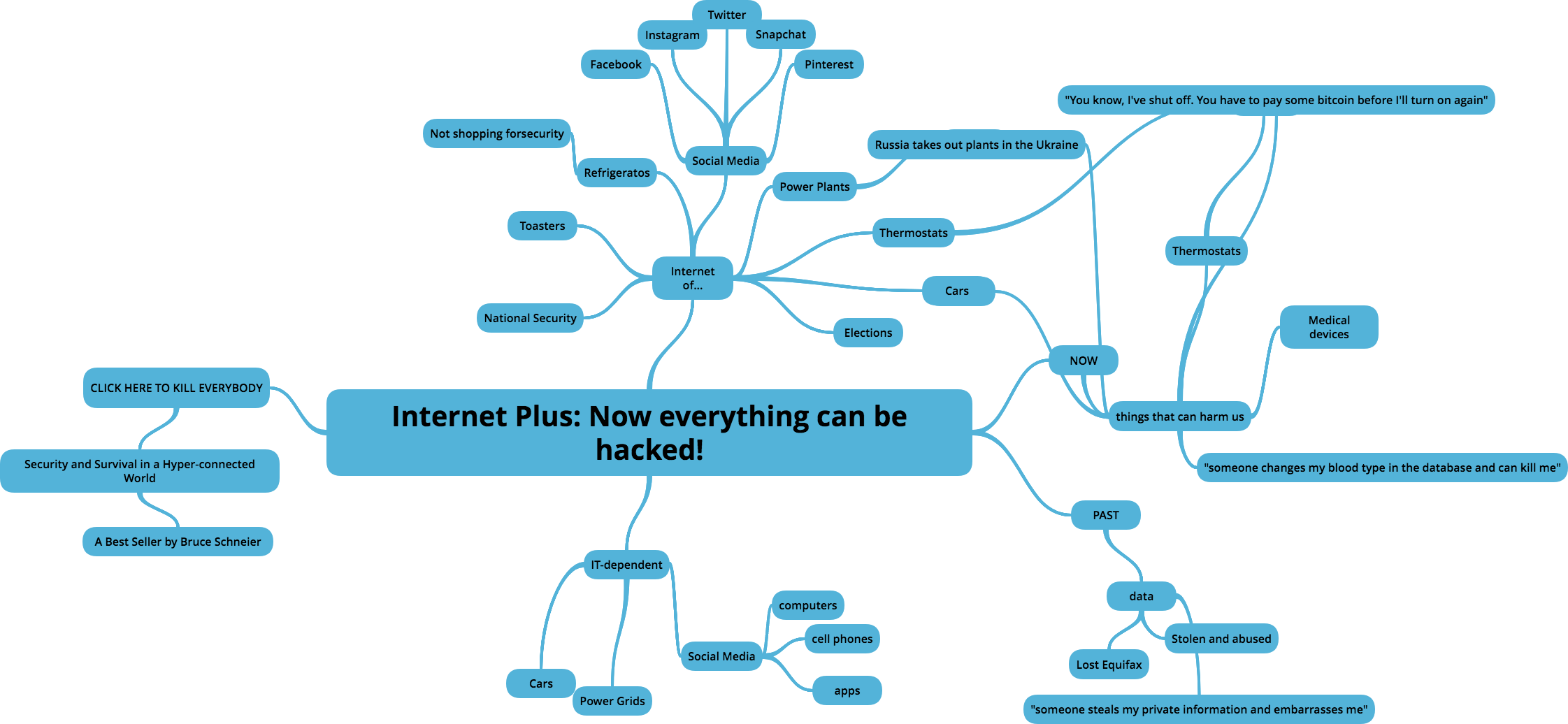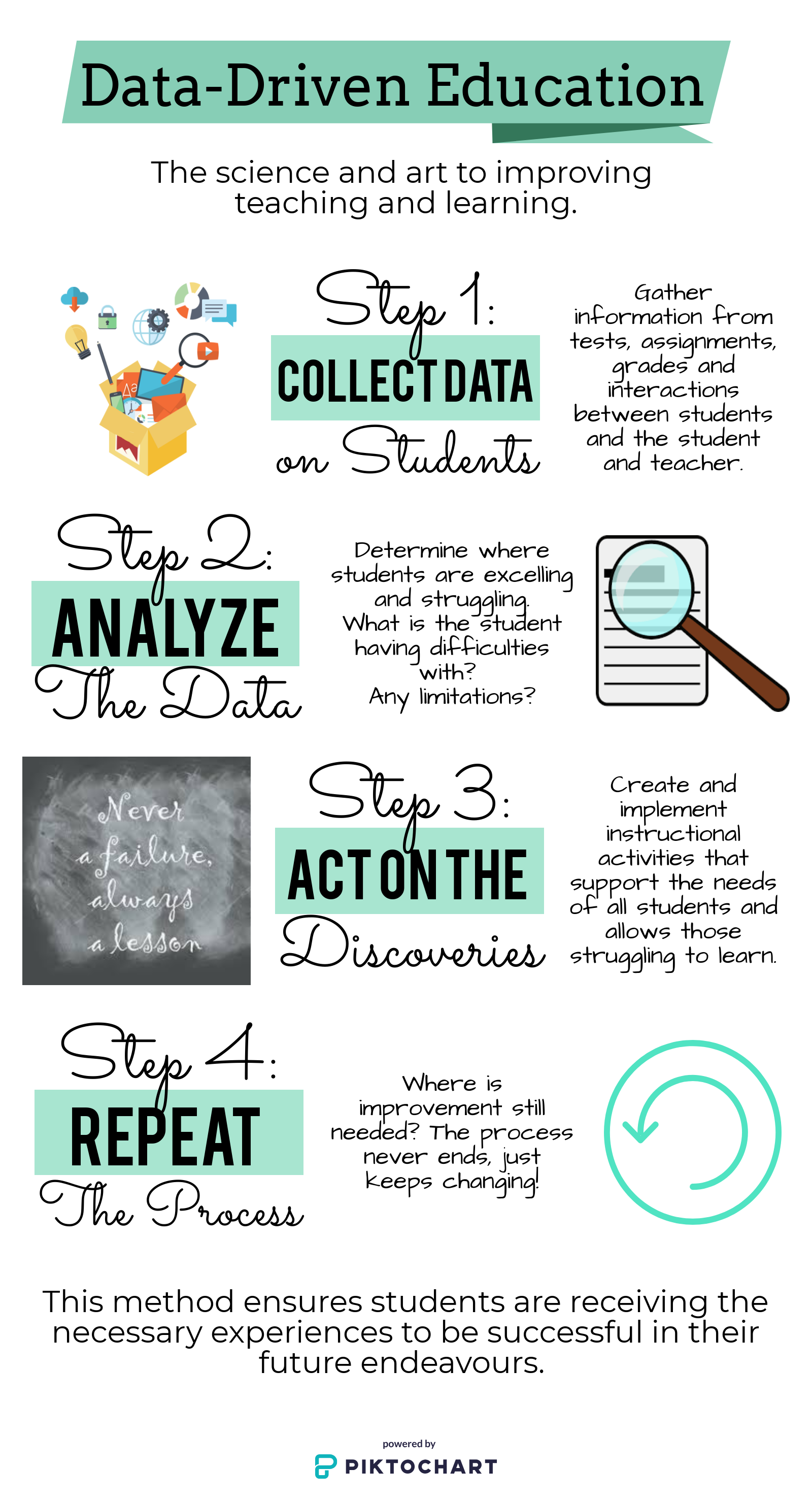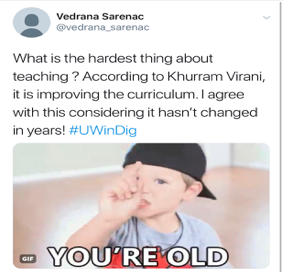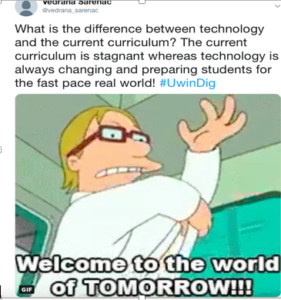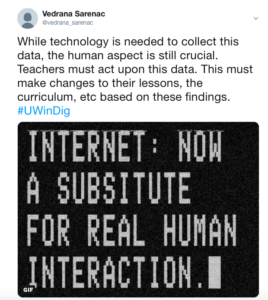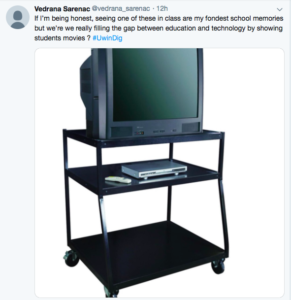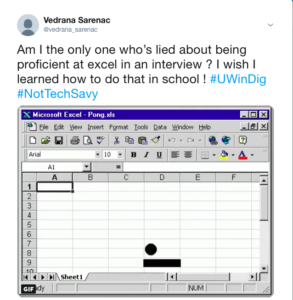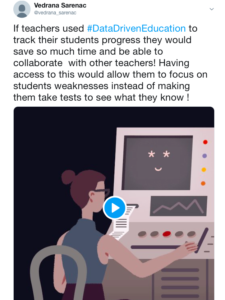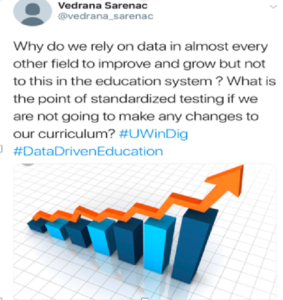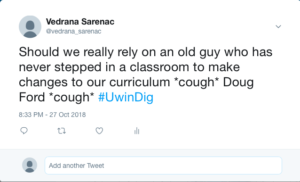I chose to do a Twitter Rant for my analysis and  reflection on the Technologist Module as I believe it is important to let others know about this concept. To see the rank, follow this link Twitter Rant. Technology in the classroom is such a buzz concept that most people believe that technology is always beneficial, no matter what.
reflection on the Technologist Module as I believe it is important to let others know about this concept. To see the rank, follow this link Twitter Rant. Technology in the classroom is such a buzz concept that most people believe that technology is always beneficial, no matter what.
In short, the Technologist module brings to light that it is possible to have too much of a good thing. Specifically, it highlights some of the requirements for Tech tools in the class, and when they should be used. I do believe there is a time and a place for the tools. When considering the SAMR model in this Technologist discussion, I think that Tech should be used in class when it elevates the task above a simple substitution. This is because if students are asked to do a boring and monotonous task, whether that same task is done on paper or on an iPad it will still be boring or monotonous for them. However, if there were tools that could modify or augment this task to a more engaging and practical assignment they would most definitely be worthwhile additions.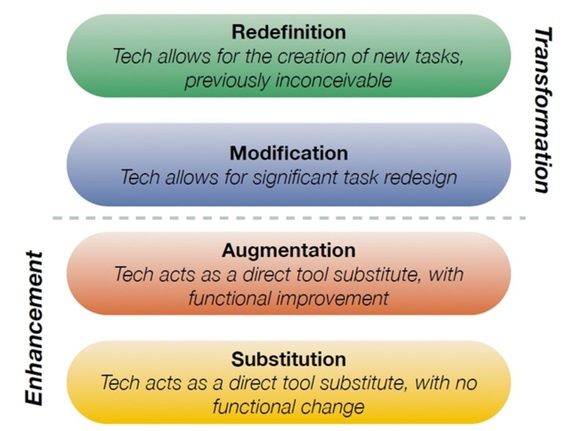 The teachers are responsible in this discussion to get to know the likes and dislikes of the class and the strengths and weaknesses of each student. Knowing the level of chemistry and the intricacies of the classroom can make a huge difference. Through this they can strategically identify tech tools that will promote student success. Teachers should not be afraid to try to ideas and to use the Design-Thinking model to improve their ideas. This is a constructivist model that allows ideas to build on one another to enhance ideas and makes for a valuable student-centered learning experience. When the students have a voice and are able to feel empowered they will be more likely to engage.
The teachers are responsible in this discussion to get to know the likes and dislikes of the class and the strengths and weaknesses of each student. Knowing the level of chemistry and the intricacies of the classroom can make a huge difference. Through this they can strategically identify tech tools that will promote student success. Teachers should not be afraid to try to ideas and to use the Design-Thinking model to improve their ideas. This is a constructivist model that allows ideas to build on one another to enhance ideas and makes for a valuable student-centered learning experience. When the students have a voice and are able to feel empowered they will be more likely to engage.
 Of course, practice makes perfect and teachers should be willing to use their resources to make sure that they are familiar with the basics of the tool they found. This might require them to do a tutorial or play around with the tool at home before assigning a task to their students. Some times experimentation and play is one of the best ways to learn the ins-and-outs of a Tech tool.
Of course, practice makes perfect and teachers should be willing to use their resources to make sure that they are familiar with the basics of the tool they found. This might require them to do a tutorial or play around with the tool at home before assigning a task to their students. Some times experimentation and play is one of the best ways to learn the ins-and-outs of a Tech tool.
 Ultimately, I strongly agree with the Technologist module and the notion that teachers should ensure that the tools and strategies they are incorporating in their classroom are in-line with the needs of their students and go hand-in-hand with the curriculum expectations. Do your research, map it out and try doing a test run before rolling it out to ensure that it will achieve the desired outcome. As mentioned, the Tech tools should relate to the program expectations. If not… RE-EVALUATE.
Ultimately, I strongly agree with the Technologist module and the notion that teachers should ensure that the tools and strategies they are incorporating in their classroom are in-line with the needs of their students and go hand-in-hand with the curriculum expectations. Do your research, map it out and try doing a test run before rolling it out to ensure that it will achieve the desired outcome. As mentioned, the Tech tools should relate to the program expectations. If not… RE-EVALUATE.

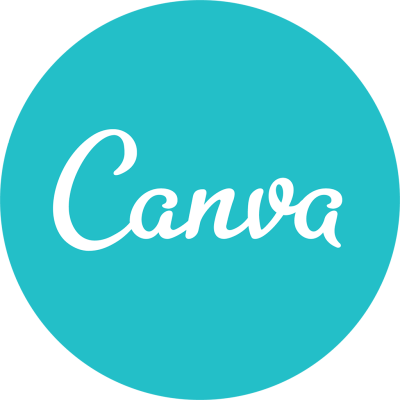 therefore using the templates provided by
therefore using the templates provided by 